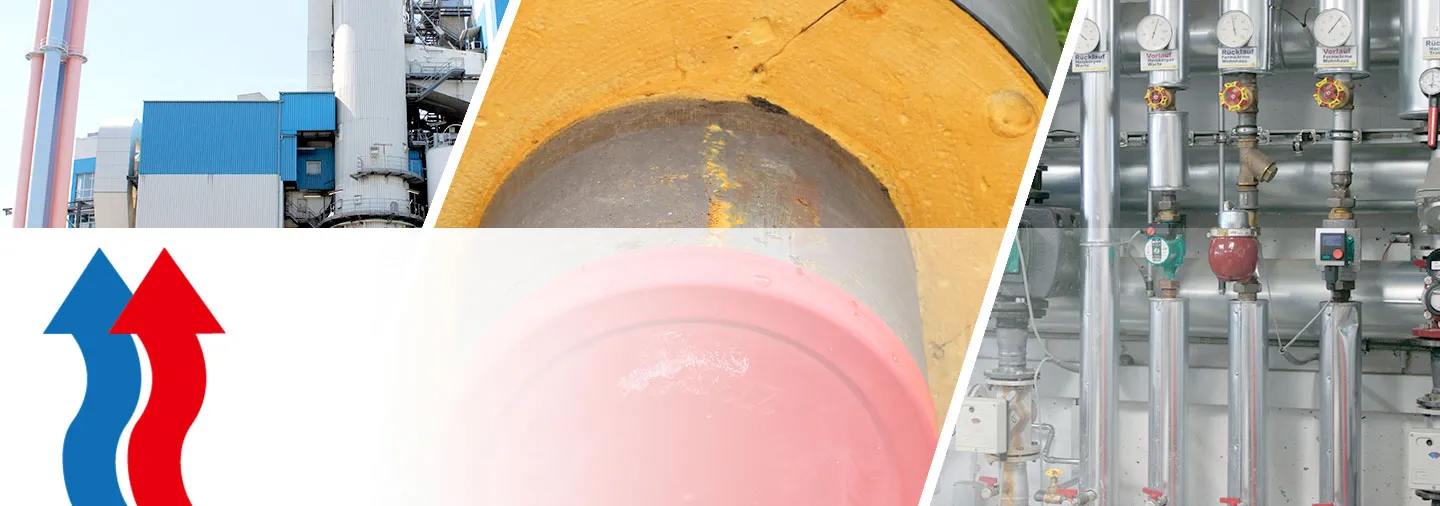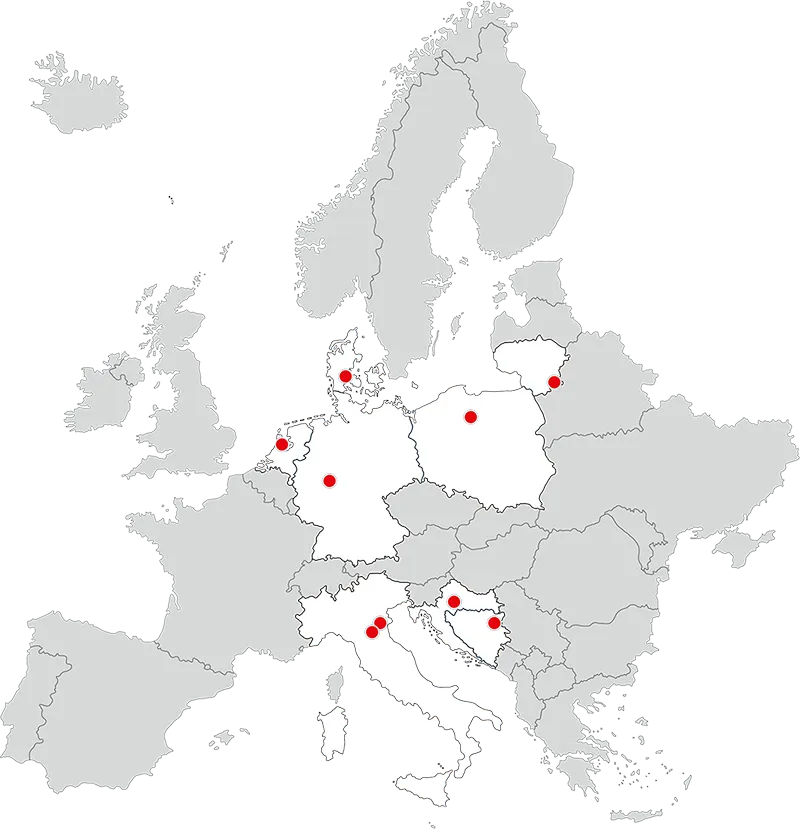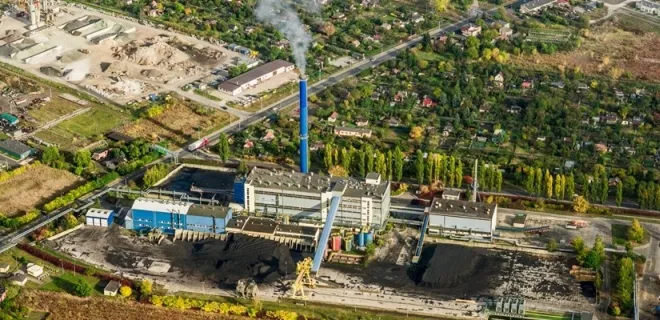

News & Events
Final Upgrade DH Project Report is available
Press Release - District Heating: an important contributor to support the energy transition in the heating sector
29.09.2021 District Heating: an important contributor to support the energy transition in the heating sector
09.07.2021 Check the brochure "District heating and cooling - a modern solution to traditional challenges"
09.07.2021 Join German expert knowlede sharing workshop on 18.08.2021
02.07.2021 Join the Final Upgrade DH Conference on 15 September 2021
29.06.2021 Energy transition - Lithuania sets records in speed and scope
14.06.2021 Video on solar thermal energy in district heating
26.05.2021 Join the Virtual Power Plant Tour and Webinar on Efficient and Renewable Heat Networks on 16.06.2021
27.04.2021 Press release - UpgradeDH recommendations to support national District Heating & Cooling Action Plans
07.04.2021 Tuzla joins #DHCities in the campaign We are all connected
12.02.2021 Join the webinar Retrofitting DHC - How to develop a successful action plan, 23.02.2021
14.01.2021 Webinar: Retrofitting with renewable energies - finding the right mix, 26.01.2021
30.10.2020 Online Upgrade DH Workshop on 12.11.2020 alongside the KeepWarm final event
30.10.2020 Photo competition Meet the ones who keep you warm! in the framework of the #DHCitizen campaign
02.10.2020 Digital Event: The Future of district heating in Italy
EU project UpgradeDH launches campaign: Become a #DHCitizen!
3.07.2019 New handbook on upgrading district heating grids in Europe published
27.05.2020 Webinar on upgrading heat distribution and piping technologies
29.04.2020: A series of public thematic webinars by UpgradeDH partners
Grudziadz, Poland
Grudziądz is a city of around 96,042 inhabitants (2010) on the Vistula River in northern Poland. It is situated in the Kuyavian-Pomeranian Voivodeship.

The Water Gate and the city walls of Grudziądz By Łukasz Dąbrowski – Own work, CC BY-SA 4.0,
The city of Grudziądz is supplied from the municipal heating system, operated by OPEC-SYSTEM Sp. z o.o. The subject of OPEC-SYSTEM Sp. z o.o. activity is the provision of heat supply services to municipal, residential and business units by means of heat transmission and distribution using a municipal heating network for heating, ventilation, technology and hot tap water preparation. The amount of heat purchased from the supplier in 2016 was 245.340 MWh. OPEC-SYSTEM municipal heating network, due to the city's longitudinal shape, has been divided into two networks: north and south. Both networks are supplied from a common source of Łąkowa CHP located in the central part of Grudziądz.
District Heating Technical parameters (heating season 2016/2017):
- Temperature: 114/60 °C (south network) and 108/60 °C (north network), outside the heating season- 68°C,
- The maximum daily average mass flow: during heating season: 1688 t / h, outside the heating season: 292 t/h
- Maximum pipe diameter: DN600,
- The total length of the heating network is 98.9 km of which 44.9 km (45%) are pre-insulated pipes.
- At total 667 substations are connected to the network of which 498 are individual and 95 are group substations.
The heating system is regulated in a quantitative and qualitative manner. Depending on the outside temperature, the inlet temperatures of the heating system are adjusted. The basis for adjustment is the temperature table. OPEC-SYSTEM is not the owner of the production plant. Łąkowa CHP, production plant is owned by OPEC-INEKO Sp. z o.o. It is a source producing heat in the form of hot water, technological steam and electricity in a highly efficient cogeneration. The technological steam is produced for the needs of Schumacher Packaging Zakład Grudziądz Sp. z o.o. and OPEC-BIO Sp. z o.o. The electricity produced is used first of all for own needs, whereas the surplus of production is sold to Schumacher Packaging and trading companies.
The Łąkowa CHP has a total installed thermal power of 156.8 MW and 18 MW of electrical power. The installation includes:
- Water boiler type WR-10 (K7) – 11.6MW of thermal power, connected to a steel chimney with a height of 40 m
- Three steam boilers type OR-32 (K1, K2, K3) and two water boilers type WR-25 (K4, K5) - 145.2 MW of thermal power, connected to a common concrete chimney with a height of 82 m
- Three turbines (TUP 6, TP 6, TUK 6) – 18 MW of electrical power in total.
Boilers K1 and K3 can burn either biomass or coal. At the same time, only one type of fuel is burned in a given boiler. K2, K4, K5 and K7 boilers are coal fired only boilers. All boilers are grate-fired boilers burning pulverized coal assortment.
In order to improve the network efficiency, network's temperature and pressure should be dynamically optimized. Currently approximately 50% of inhabitants uses heat from the DH network while the air quality is concerned as a main challenge. Therefore, the main improvement is identified to be the intensification of activities related to substitution of local boilers with a district heating network. Moreover, around 10% of connected consumers still produce domestic hot tap water with local gas boilers.
Due to the varying heat demand by the largest industrial customer, the use of a heat storage unit should be considered. The heat storage would allow avoiding the network overheat caused by intensified heat consumption by the industry.

Łąkowa CHP in Grudziądz by Mariusz Nasieniewski








